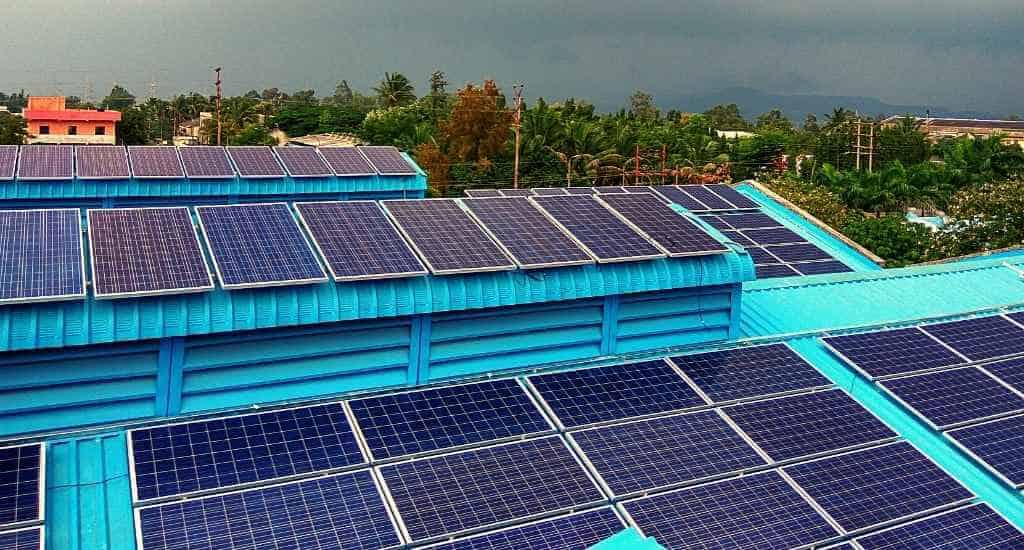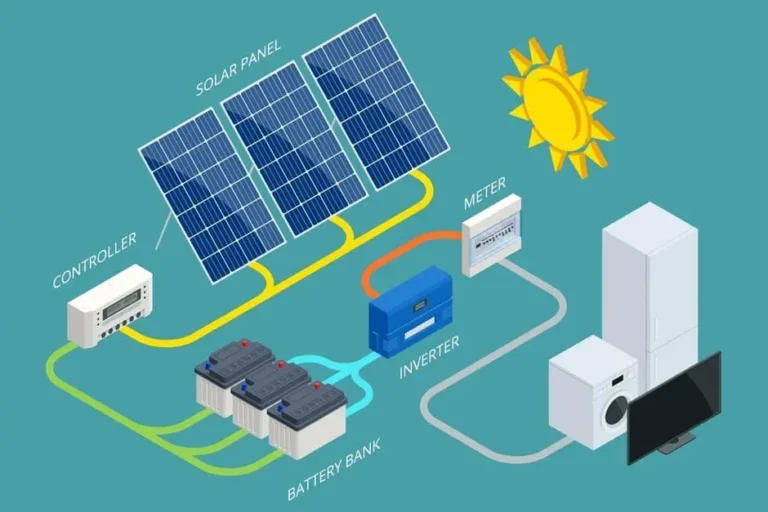Why Solar energy is the game changer in sustainable manufacturing?

Why Solar energy is the game changer in sustainable manufacturing?
sustainable manufacturing
It is a given that solar energy continues to grow stronger over the years as one of the renewable energy sources that is most rapidly expanding. The days of heavily relying on electricity to meet one’s energy needs and incurring high electricity costs are long gone. The economy has benefited greatly from the demand for solar systems. For the most part, solar power has completely changed the game in the energy industry. There are many benefits to using solar energy and turning it into power, from environmental sustainability to immediate cost savings!
Industry Statistics
Let’s soak in some interesting industry facts before continuing:
- The nation’s government has promoted solar energy through several initiatives. Among them are:
- Allowing up to 100% of foreign direct investment (FDI) through automated means; waiving interstate transmission system (ISTS) fees for interstate sales of solar and wind energy for projects that must be completed by June 30, 2025;
- An explanation of the Renewable Purchase Obligation’s (RPO) trend through 2029–2030
- Notification of guidelines for the installation of solar photovoltaic systems and/or equipment,
- establishing a Project Development Cell to draw in and allow investments,
- To guarantee that distribution license holders pay RE generators on time, the government has issued directives stating that power will be distributed against LC or advance payment.
- The Electricity Rules 2002″ (LPS rules) have been announced.
- The Green Term Ahead Market (GTAM) was introduced to enable the exchange-based trade of renewable energy generation, including solar electricity.

According to the NISE, the country has a solar perspective of roughly 748 GW, assuming that solar PV modules will power 3% of the wasteland area. India’s National Action Plan on Climate Change places a strong emphasis on solar energy, with the National Solar Mission (NSM) serving as one of the main missions. The NSM was introduced on January 11, 2010. NSM is a significant government-led endeavor in which the States actively participate to address India’s energy security concerns and promote ecologically sustainable growth. Additionally, it will be a significant contribution from India to the international effort to address the problems caused by climate change.

The Mission’s goal is to position India as the world’s leader in solar energy by establishing the legislative framework necessary for the fastest possible adoption of solar technology throughout the nation. This aligns with India’s Nationally Determined Contributions (NDCs) goal of obtaining around half of its installed capacity for electric power from non-fossil fuel-based energy sources cumulatively and lowering its GDP’s emission intensity by 45% from 2005 levels by 2030.
- By 2026, the market for solar energy is projected to increase at a compound annual growth rate (CAGR) of 20.5% to a total of $2241 billion worldwide. Manufacturers can reduce their energy costs by up to 75% on average with industrial solar installations.
- The annual reduction of CO2 emissions by solar electricity is more than 37 million metric tons.
- By 2050, solar energy may supply 30% of the world’s energy needs, making it the greatest source of electricity worldwide.
India’s Place in the Solar Energy Industry for Manufacturers
India has been working hard for the use of solar energy in several industries, including manufacturing. The nation plays a crucial part in the worldwide solar energy scene and offers industrial businesses several distinct benefits, including:
Adequate Solar Resources
India has an abundance of solar energy resources; on a daily average, each square meter receives 4–7 kWh. It is the perfect place for manufacturing enterprises to harness the power of the sun because of its enormous potential for producing solar energy. They may drastically lessen their dependency on fossil fuels by using this resource.
Programs of the Government
The Indian government has put in place several programs and laws to encourage the use of solar energy. The goal of the Jawaharlal Nehru National Solar Mission (JNNSM) is to facilitate investment in solar solutions by manufacturing enterprises by encouraging the development of solar energy infrastructure. The government also provides tax breaks, subsidies, and other financial incentives to promote the switch to solar power.
Reduces Carbon Emissions
Solar energy reduces carbon emissions compared to fossil fuel energy sources. According to the International Renewable Energy Agency (IREA), solar energy could save 4.9 gigatons of CO2 emissions annually by 2050.
India’s increasing urbanization and industrialization provide serious environmental challenges. Manufacturing organizations can lessen these problems by using solar energy to cut carbon emissions. India’s pledge to lessen its carbon impact is consistent with international efforts to address climate change. (sustainable manufacturing )
Conclusion
Although there are numerous advantages to solar energy, the entire energy landscape has evolved. It has evolved into a necessary substitute for traditional energy sources. It will soon become evident that solar energy will be crucial to preserving the environment for a sustainable future, offering hope for investment, jobs, and solar energy solutions to all socioeconomic groups!(sustainable manufacturing)





